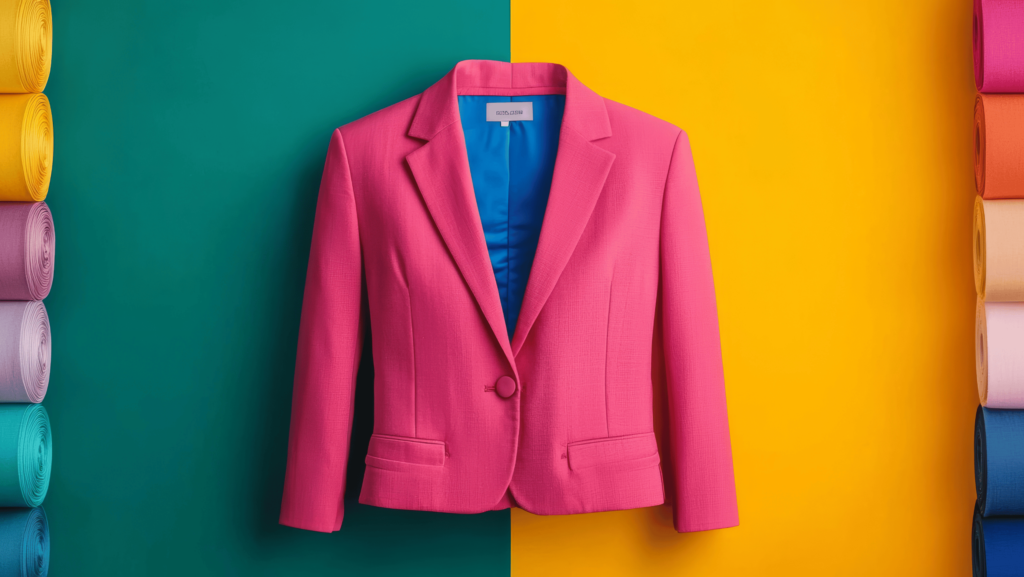Color matching is a powerful tool in fashion that allows you to create stylish, cohesive outfits that not only look great but also express your personal style. Whether you’re getting ready for a casual day out, a business meeting, or a special occasion, knowing how to match colors will make all the difference. In this article, we’ll reveal some essential color-matching hacks that will help you elevate your fashion game and create perfect outfits every time!
Master the Basics of Color Matching
Before we dive into the hacks, it’s essential to understand the basic principles of color matching for outfits. The most popular methods are:
- Complementary colors: Colors that are opposite on the color wheel, such as blue and orange, or red and green.
- Analogous colors: Colors that sit next to each other on the color wheel, like blue, teal, and green.
- Monochromatic colors: Variations of one color, such as different shades of blue or pink.
Once you have a handle on these principles, you’ll be able to create versatile and stylish outfits without the guesswork.
Start with a Neutral Base
If you want a foolproof approach to color matching, start with neutral colors. Neutral tones such as black, white, gray, navy, and beige are easy to match with almost anything. They act as the foundation of your outfit, allowing you to add pops of color through accessories, shoes, or outerwear.
- Try a black skirt paired with a white blouse and yellow heels for a fun, yet classic look.
- A gray jacket over a teal dress can add a touch of sophistication while still allowing the teal color to stand out.
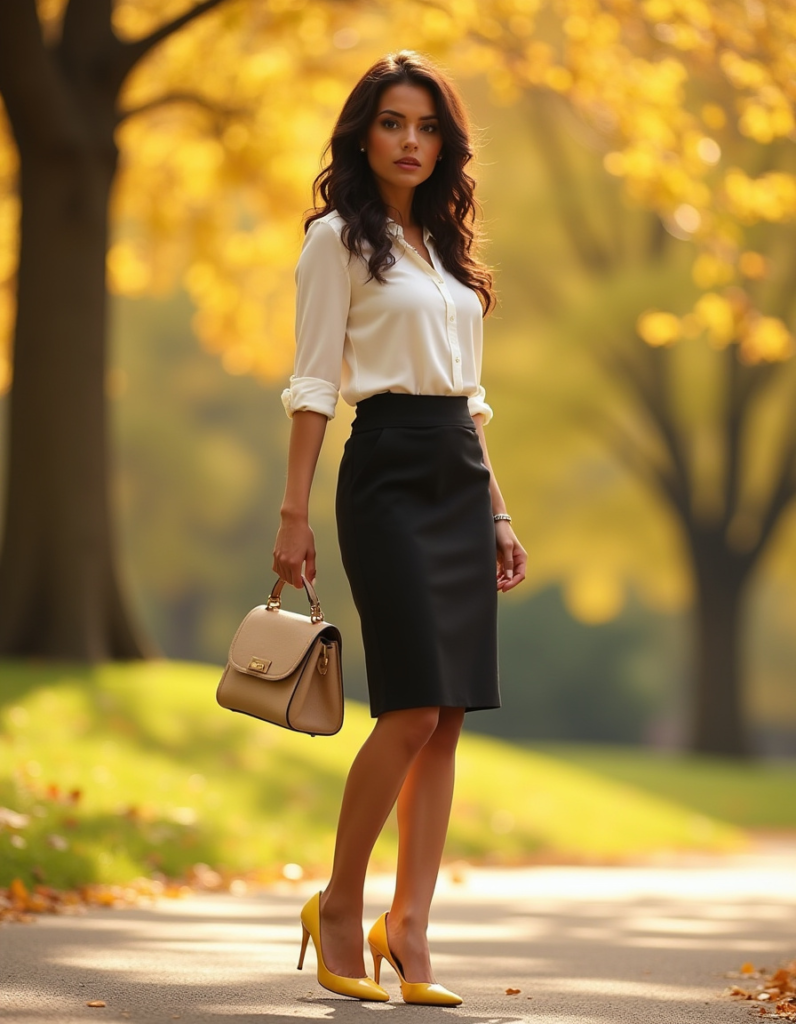
Using neutral colors as your base allows you to experiment with more vibrant, bold shades without worrying about clashing.
Use the 60-30-10 Rule
The 60-30-10 rule is a great color matching hack to create balanced, stylish outfits. It involves dividing your outfit into three color segments:
- 60% of your outfit should consist of your primary color (usually the most dominant color).
- 30% of your outfit should be your secondary color (a contrasting yet complementary color).
- 10% of your outfit should be your accent color (a bright or bold hue that adds interest).
For example, a blue blouse (60%), paired with white trousers (30%), and red shoes (10%) creates a balanced and well-coordinated look.

Match Your Outfit to the Season
Color trends are often influenced by the season, and matching your colors to the time of year can give your look a fresh, seasonally appropriate-vibe.
- In spring and summer, opt for lighter, softer shades such as pastels (think mint green, lavender, peach) or vibrant tones like coral and turquoise.
- During fall and winter, focus on deep, rich colors like emerald green, burgundy, and mustard yellow for a cozy, sophisticated look.
Matching your colors to the seasons helps you stay on trend while making sure your outfit is appropriate for the weather and mood.
Add Color to Your Accessories
Accessories are a great way to introduce color into your outfit without overpowering it. By adding colorful scarves, shoes, bags, or jewelry, you can easily elevate your outfit and bring a new dimension of style.
- Red shoes can brighten up a black outfit and add a fun pop of color.
- A blue handbag paired with a neutral-colored dress instantly makes the outfit more exciting.

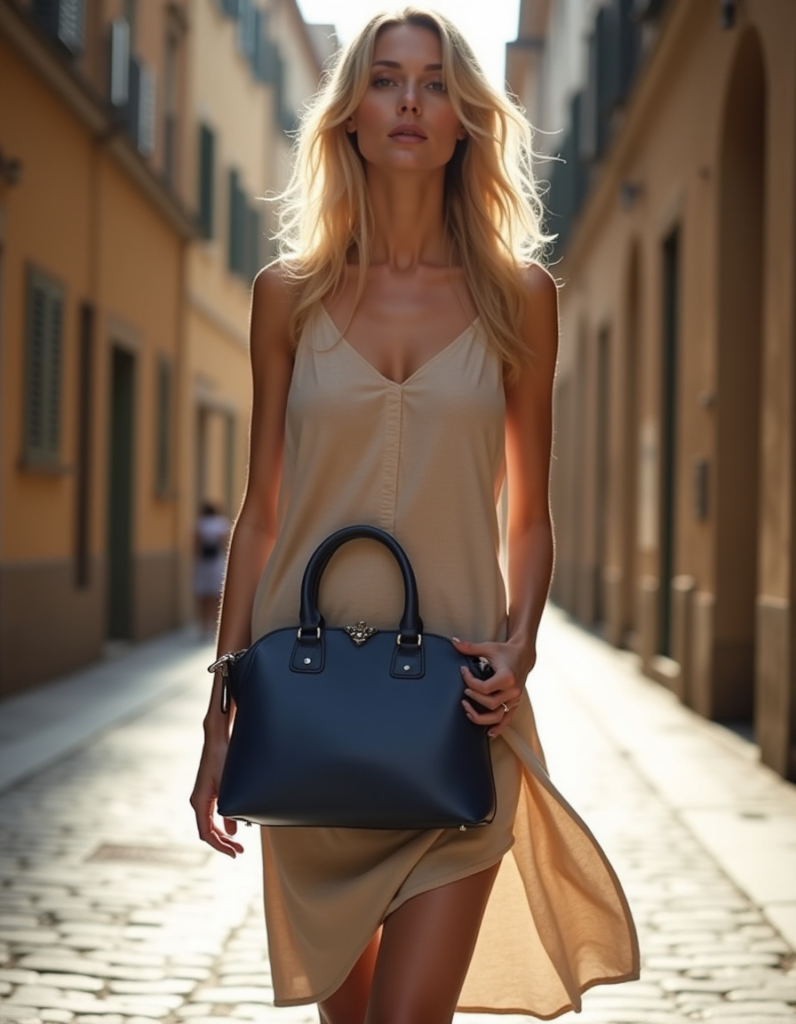
The key is to keep the balance in mind—don’t go overboard with too many colors. Stick to one or two statement accessories to make your look shine.
Experiment with Patterns and Color Mixing
Don’t shy away from mixing patterns and colors. You can effortlessly incorporate multiple colors into your outfit by pairing patterned pieces with solid colors.
- Stripes, florals, or polka dots in one color palette can be paired with solid-colored pieces in matching hues.
- A floral blouse in shades of pink, blue, and yellow can be paired with solid yellow pants to create a harmonious, colorful look.
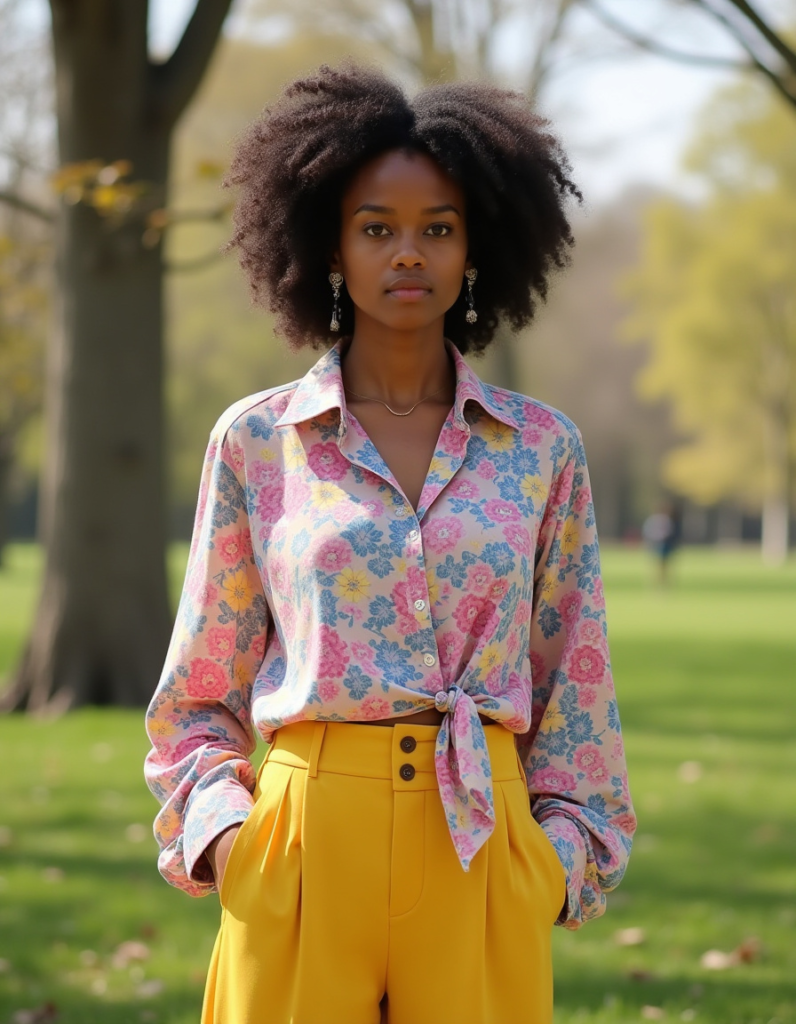
When mixing patterns and colors, make sure they share a common tone to avoid a clash. A good tip is to use the 60-30-10 rule with patterns too: have one dominant color, a complementary secondary color, and an accent color in your accessories or shoes.
Color Blocking for Bold Fashion Statements
If you’re feeling adventurous, try color blocking, where you pair two or more bold colors together in distinct blocks or sections. Color blocking works wonders when you use colors that complement each other, such as:
- Royal blue paired with orange for a high-energy, vibrant look.
- Fuchsia with turquoise to create a striking combination.
For color blocking, start with large sections of solid color (think dresses, skirts, or tops) and pair them with contrasting colors for a bold statement.
Pay Attention to Your Skin Tone
When matching colors for your outfit, remember to consider your skin tone. Certain colors will naturally complement your complexion better than others.
- Cool skin tones tend to look best in blue, purple, green, and pink shades.
- Warm skin tones are flattered by earthy tones like red, orange, yellow, and brown.
By understanding which colors work with your skin tone, you’ll be able to choose shades that enhance your natural beauty.
Don’t Be Afraid to Try New Things
Lastly, don’t be afraid to step out of your comfort zone and experiment with new color combinations. Fashion is all about self-expression, so play around with different hues and see what works for you.
- Try pairing contrasting colors like green and pink, or purple and yellow for a fun, quirky look.
- If you love pastels, experiment with different shades like lavender and mint green or peach and light blue for a soft, romantic vibe.
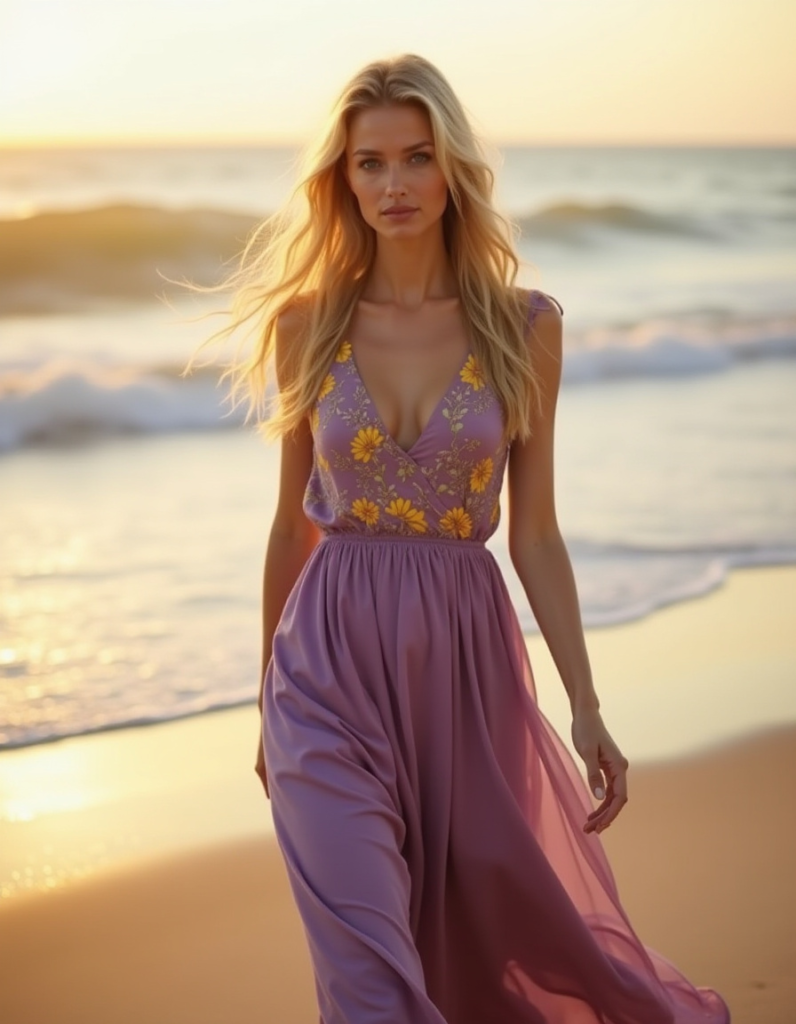
Fashion is about finding what makes you feel confident and stylish, so don’t hesitate to explore and have fun with color!
Conclusion
Mastering color matching for outfits is a game-changer when it comes to curating stylish and polished looks. By using the color-matching hacks shared in this article—like starting with a neutral base, experimenting with bold combinations, and considering your skin tone—you can create endless outfit possibilities that are stylish, coordinated, and flattering.
So, what are you waiting for? Start matching those colors and elevate your wardrobe with these easy and practical hacks. The world is your runway, and your outfits can speak volumes when they’re carefully curated with the right colors!
